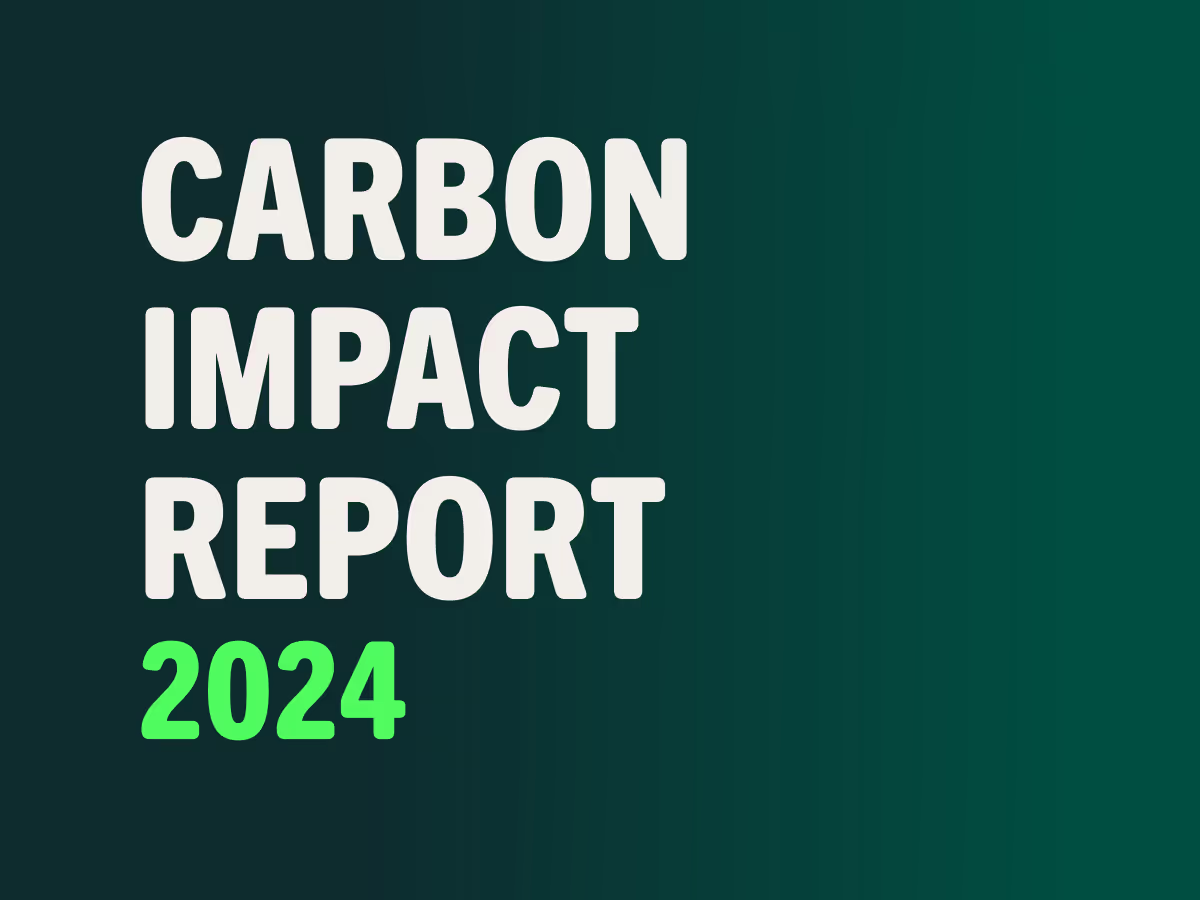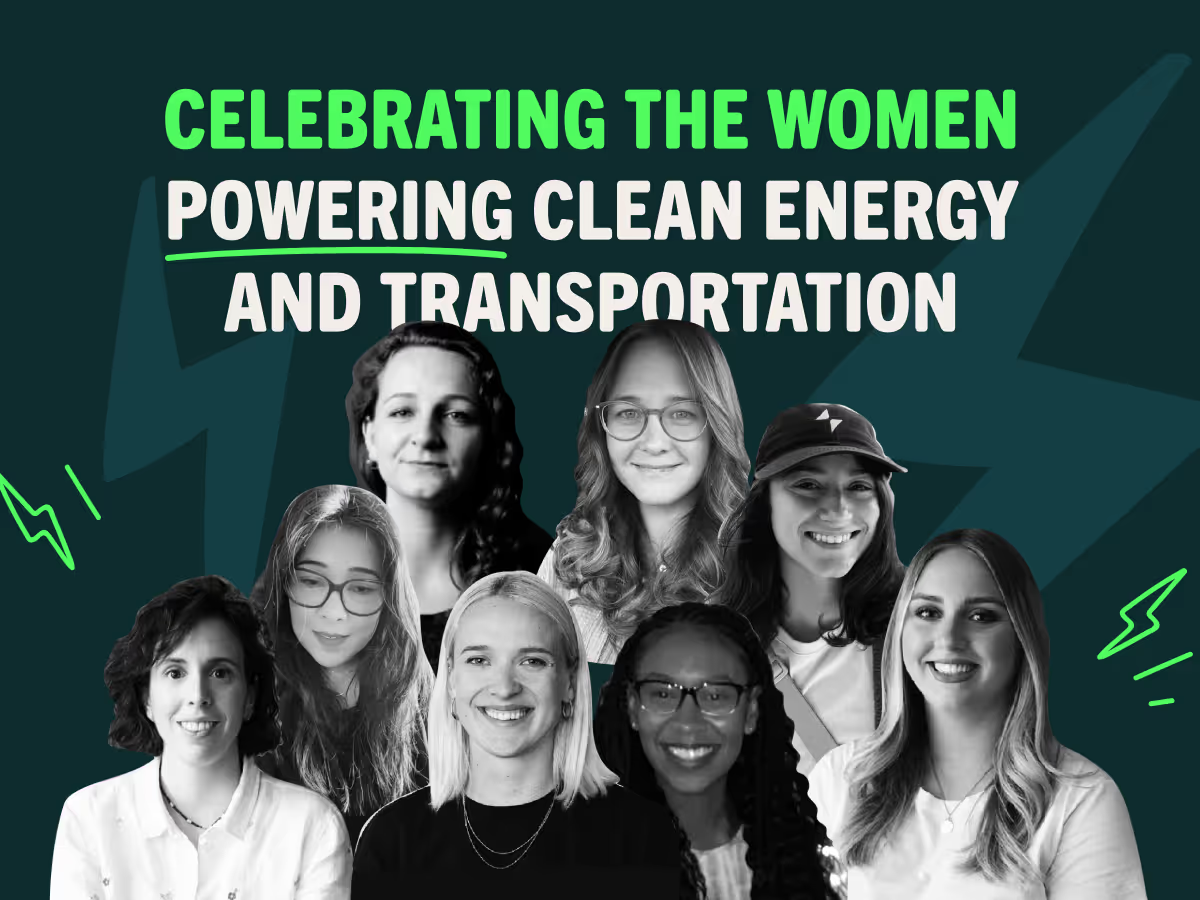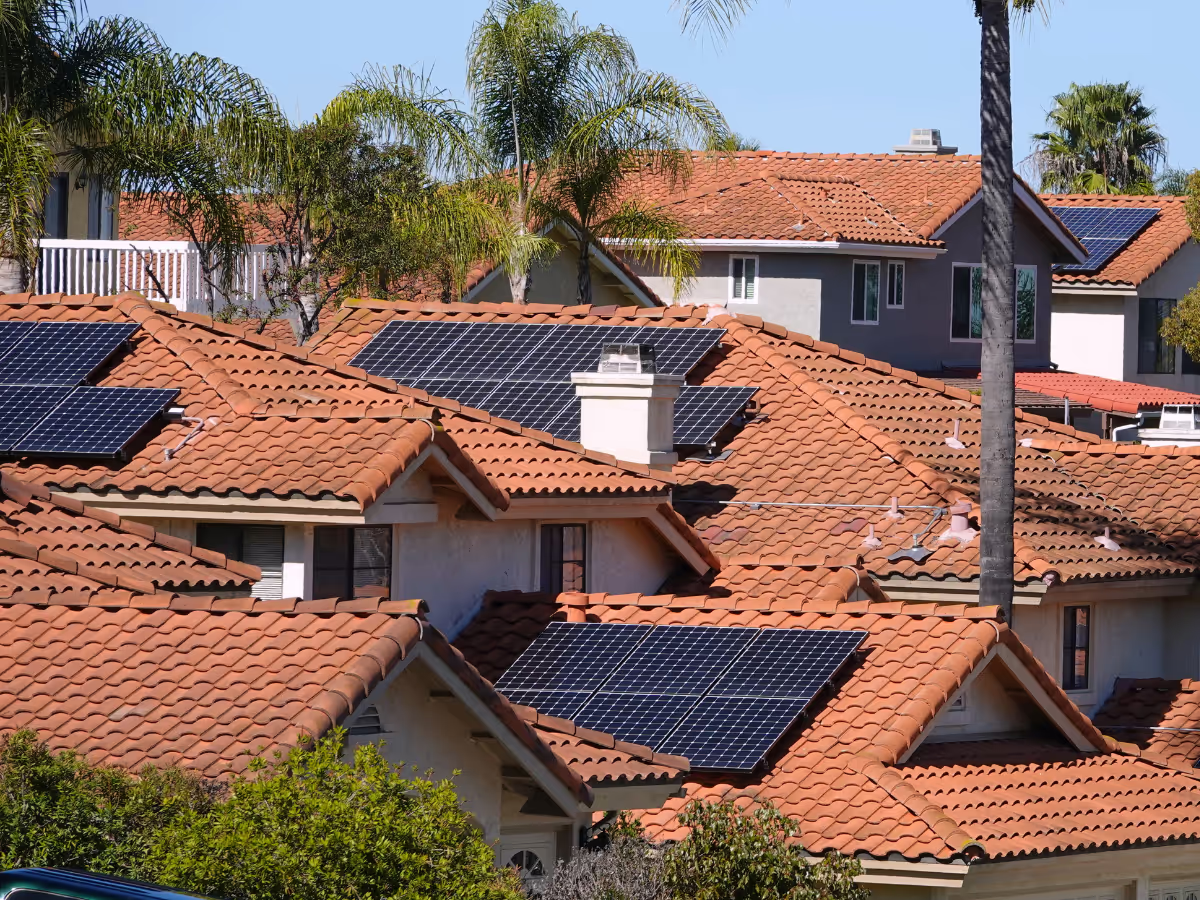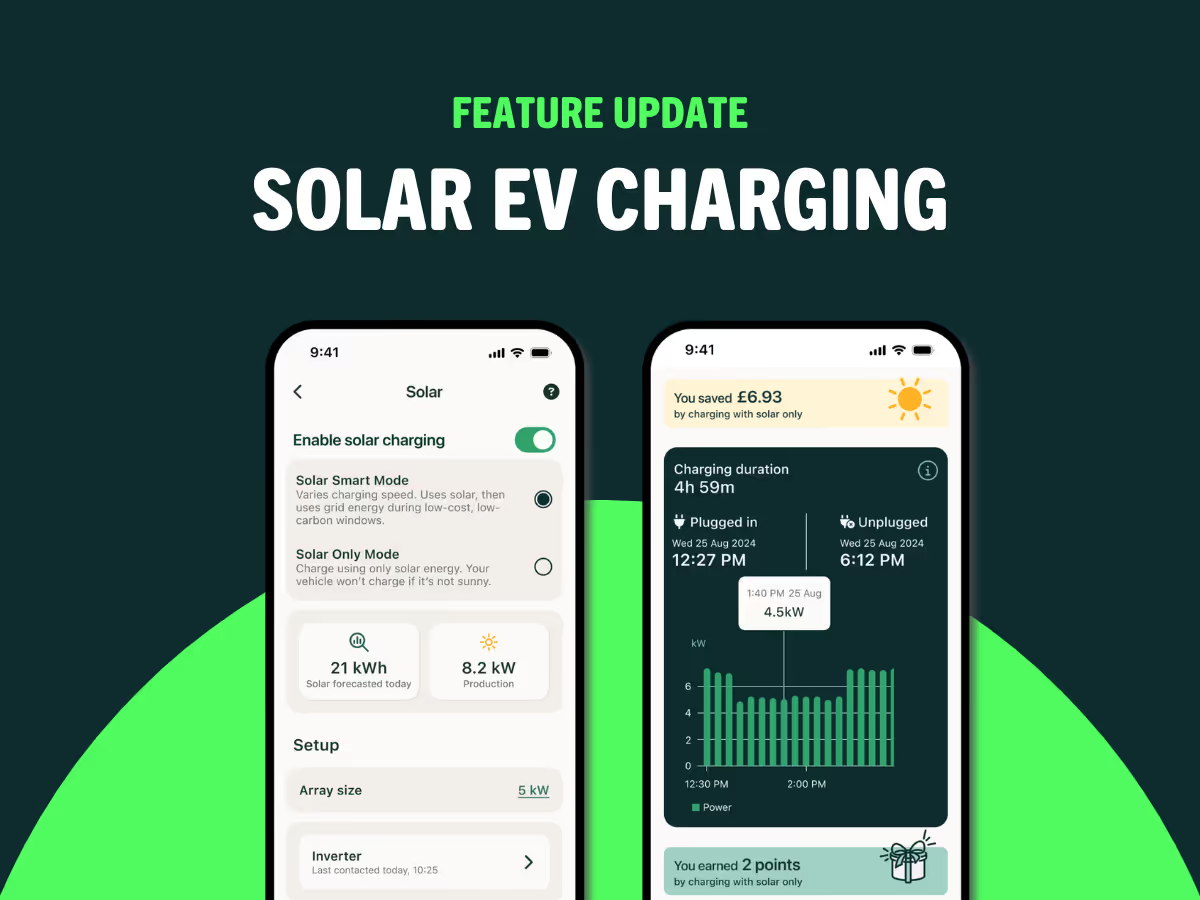EV tariffs: What should drivers look out for?
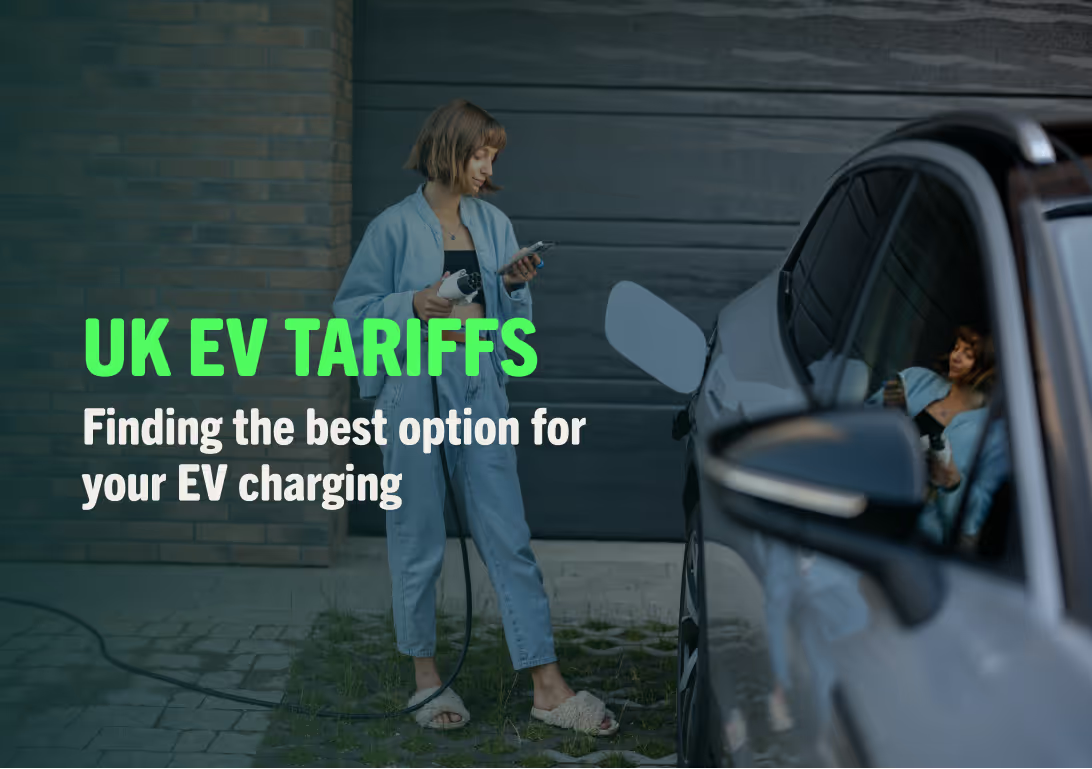

Need a new energy tariff for your EV charging? Don’t be fooled by headline rates. Here are the key considerations.
Good news - dedicated EV tariffs are back! If you’re charging an electric vehicle at home, you could enjoy significant savings using a smart EV charging app with a multi-rate EV tariff.
Yet, with so many new EV tariffs on the market, you’ll need to choose the right one for your circumstances.
In this article, we’ll share how to find the best home energy tariff for your needs and avoid getting caught out.
Unsure about EV tariffs? Check out our EV tariff savings article for more information.
Is an EV tariff right for you?
Before choosing an EV tariff, make sure you consider whether this is right for your needs.
Here are some things to consider:
- How much energy do you use in the peak period? Consider usage during the day, especially if you have electric heating.
- How much energy could you shift to an off-peak period? Take advantage of lower rates by running your EV charging and appliances overnight.
- How much mileage do you do? Generally, the higher your mileage, the more you could save.
- Do you have solar panels at home? You may benefit from optimised solar charging with ev.energy SOLAR.
- Do you have a smart meter installed? You will need a smart meter to switch to an EV tariff.
How much energy do you use during the day?
With most EV tariffs, your peak and off-peak rates will apply to all electricity consumption in your home - not just your EV charging.
Therefore, it’s important to consider how much energy you will need during peak-time pricing periods (typically from early morning until around midnight).

Make sure to consider who’s at home during the day, as well as any high-energy appliances such as washing machines, tumble dryers, and electric heaters.
An EV will typically double your household energy consumption, so the maths usually favours switching to an EV tariff even if you’ll pay slightly more during peak periods for other electricity use at home, but this depends on how much energy you use at which times.
How much electricity usage can you shift off-peak?
With an EV tariff, the more you charge at home during the off-peak period, the more you can save.
However, if you can’t make use of the off-peak pricing, an EV tariff may not be right for you. For example:
- If you can’t charge during off-peak times (which are usually from around midnight until the early morning) due to work or care commitments
- If the majority of your charging is done away from home
TIP: If you’re not sure how much, where, or when you’re charging currently, you could use an EV smart charging app, like ev.energy, to track and monitor your charging over the next few weeks to make a more informed decision.
This cheaper off-peak rate will usually apply to other electricity usage across your household too. Therefore, if you can time your electric appliances to run overnight, you could enjoy additional savings.
How much mileage do you do?
The higher your mileage, the more you could save by charging at home during the off-peak rate on your EV tariff.
For the typical UK driver clocking up 10,000 miles per year, using the ev.energy app with an EV tariff can save an average of £599 on EV charging compared to using a single-rate tariff. This includes £36 worth of cash rewards in the ev.energy app, making it equivalent to paying just 9p per mile.
Please note: Our savings calculation has been based on real-world data from over 2 million charging sessions on the ev.energy app. Individual driver savings may vary on multiple factors including mileage, EV efficiency, and driving style. For the full information, please visit our claims and substantiations page.
Do you have solar panels at home?
If you have solar panels at home, you may be able to save more money by using your free-to-generate home solar production to charge your vehicle.
In this case, you may be less reliant on the grid to charge your vehicle and get less value from an EV tariff.
Instead, you may benefit more from optimised solar charging with ev.energy SOLAR.
With many energy providers requiring you to lock in your deal for 12 months, it’s worth considering how your energy usage may change throughout the year.
Do you have the right equipment?
You will need a smart meter to switch to an EV tariff. This enables your supplier to see how much electricity you’re using in peak and off-peak periods and adjust your bill accordingly.
If you don’t have a smart meter yet, you can get one installed for free through your energy provider. To start, check your eligibility for a smart meter (it only takes a minute).
Energy tariffs: What should EV drivers look out for?
There are a growing number of tariffs available, but you can’t always find these on the typical comparison sites.
Remember - finding the right tariff will depend on your circumstances. Beware of tariffs that look too good to be true.
Here are some things to consider:
- Peak vs off-peak times - It’s not all about getting the cheapest off-peak rate, make sure that your off-peak window provides enough time to charge your vehicle.
- Hardware compatibility - Make sure that your vehicle and/or home charger are compatible with the tariff you’re looking at. The ev.energy app can help with this.
- Fixed vs variable - As with all tariffs, you may be able to get a better deal by agreeing to stick with the same supplier. Just beware of early exit fees.
- Green credentials - Not all “green” tariffs are as green as they seem. It’s important to take a closer look at this when choosing a tariff.
Watch out for misleading low rates
Some EV-specific energy tariffs will advertise a surprisingly low off-peak rate to make their product look more attractive. Be careful with these suppliers, as you may only get that low price for a very short period, or it may be paired with a significantly more expensive daytime rate which may offset your savings.
Ensure that the off-peak period gives you enough time to charge your EV to your desired level. EVs typically need ~3 hours of charging at night, but this may be higher if you’re frequently driving long distances.
Make sure your vehicle or charger is compatible
Some energy tariffs, such as Octopus Go Intelligent or Ovo Anytime, require full control of your EV charging in return for a cheaper charge.
These tariffs are only accessible if you have a compatible vehicle or charge already, otherwise, you may need to install a new EV charger supplied by the energy provider, which can cost £700 or more.
Installing a charger from your energy supplier could reduce your ability to switch to another provider or create additional costs in the future, as the charger may only work with certain energy providers.
Choosing a tariff that is agnostic to your EV and home charger will help you avoid this issue.
Note: The ev.energy app has hundreds of integrations with energy tariffs, vehicles, and chargers to help you get the most from your EV charging setup.
Should you lock in a fixed deal?
The last few years have shown us just how volatile energy pricing can be, but researching what is expected to happen can help you make an informed decision. Websites like Money Saving Expert can help with up-to-date information on energy prices.
While locking in a deal could help protect you if prices rise and provide peace of mind, it could also mean that you’re paying more than the market rate after just a few months if energy prices fall.
Watch out for greenwashing claims
It is commonplace to see energy tariffs promoted as being green.
The reality is that not all energy provided on these tariffs is truly green, and carbon offsetting is often used to achieve these claims.
Make sure to read the small print of your energy tariff if this is important to you.
Make the most of your EV tariff
Once you’ve chosen the right EV tariff for your needs - it’s important to make the most of it. Here are some tips.
Install a home charger
It’s best to have a home charger, rather than plug into a standard 3-pin outlet. This will allow you to charge at a faster rate (typically ~7kw) and get the most out of your cheaper, off-peak rate.
Use a smart charging app
With an app like ev.energy, you can unlock a host of extra benefits to get even more from your EV charging.
- Simplified savings: Take advantage of your off-peak period with ev.energy's Smart Charging technology, which automatically optimises your charging to get you the best price. Just let us know when you need your car charged and we’ll do the rest. You can also set a maximum price per kWh to safeguard against overpaying.
- Earn cash rewards: In addition to savings on your energy bill, you can also earn points on every charge of 7kWh or more. These can be used to claim rewards such as Amazon Gift Cards directly in the app. Rewards are available to all ev.energy app users, regardless of their energy tariff.
- Greener charging: Energy supply from renewable sources fluctuates throughout the day. If you’ve got a 6-hour off-peak window, but only need 2 hours of charging, for example, we’ll schedule your car to charge with the greenest available energy being produced in your area.
Note: The ev.energy app is not compatible with Octopus Intelligent or OVO Anytime.
Is your energy tariff holding you back?
The energy market is changing and, as an EV driver, you could use this to make some significant savings.
Ready to get more from your charge? Download the ev.energy app now to get started.


